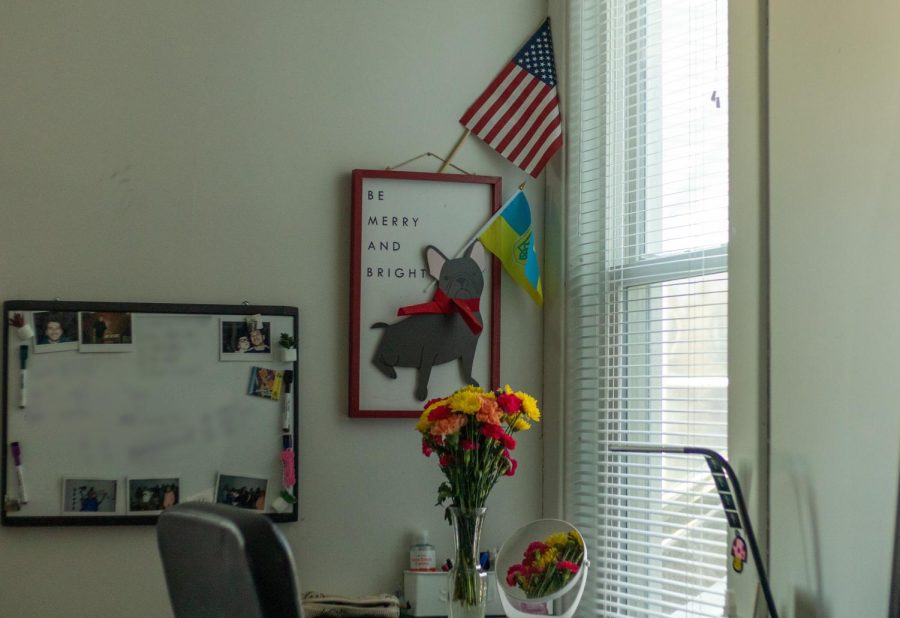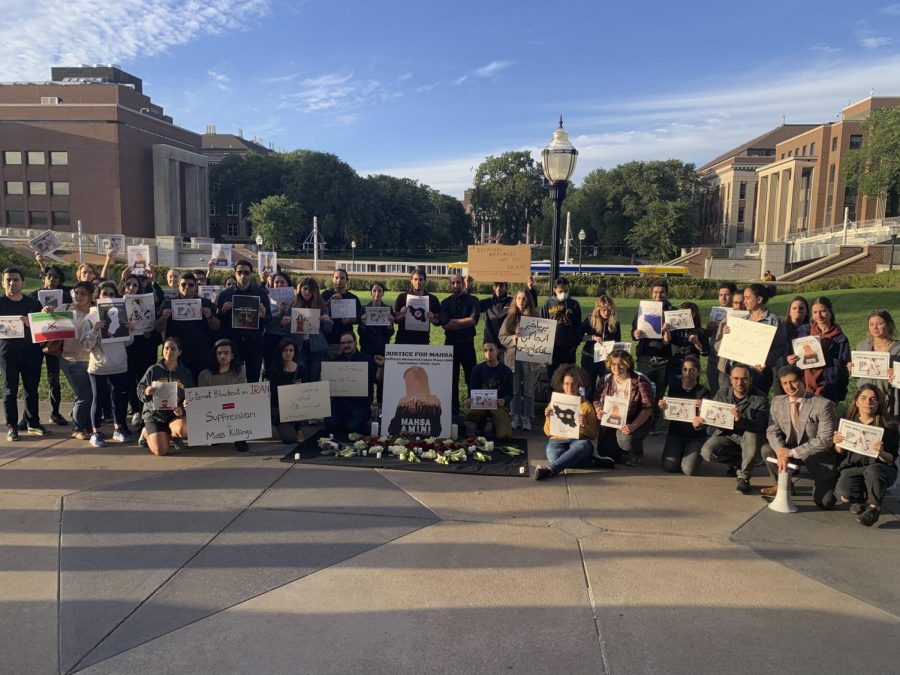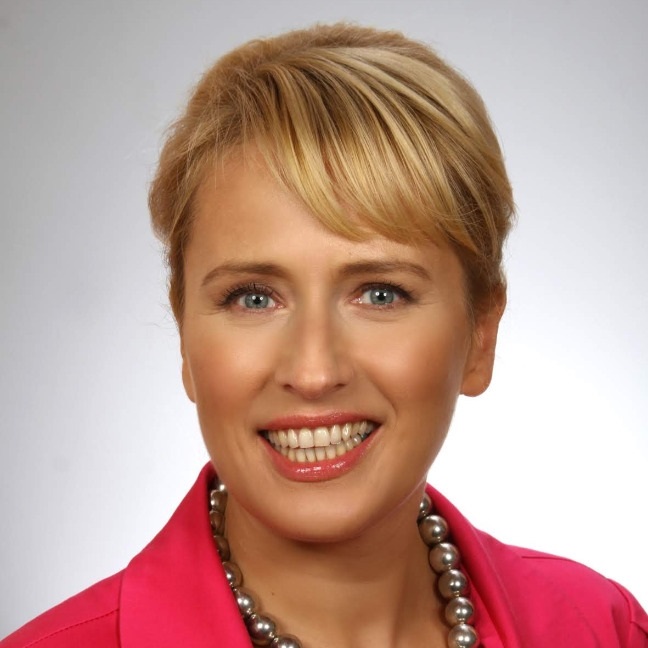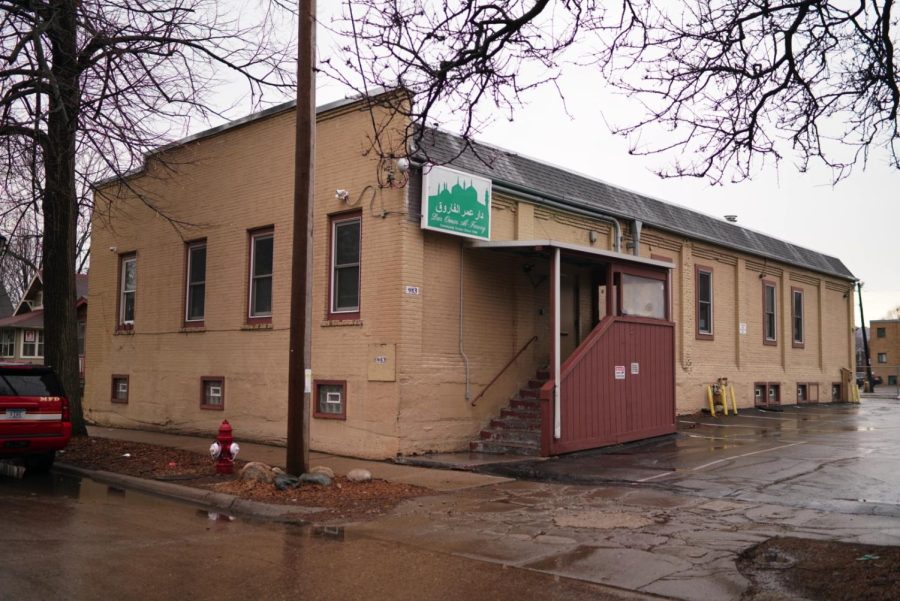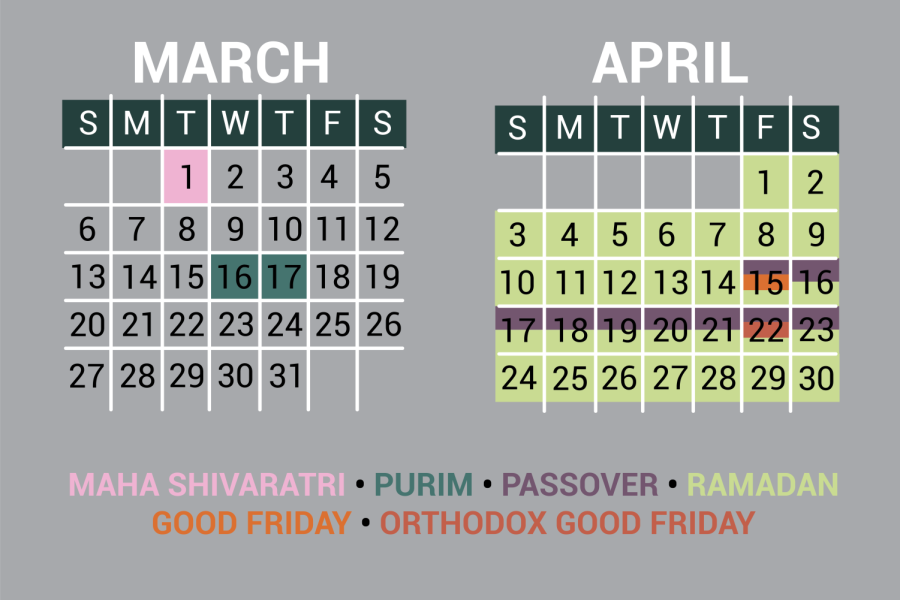W By Sonni Efron, Maggie Farley and Alissa J. Rubin
 ASHINGTON – As Iraq’s 12,000-page weapons declaration winged its way toward U.N. headquarters Sunday, the U.S. government scrambled to negotiate full access to it while trying to make sure that some other members of the Security Council received a censored version, U.S. and U.N. officials said.
ASHINGTON – As Iraq’s 12,000-page weapons declaration winged its way toward U.N. headquarters Sunday, the U.S. government scrambled to negotiate full access to it while trying to make sure that some other members of the Security Council received a censored version, U.S. and U.N. officials said.
By late Sunday, a compromise had been reached that would allow the five permanent members of the Security Council – the United States, Britain, Russia, China and France, all of which have nuclear weapons – to receive unedited copies of the declaration, administration and Security Council officials said.
However, before handing Iraq’s report over to the 10 elected Security Council members, officials will expunge details that they fear might help other countries make their own nuclear, chemical or biological weapons and ballistic missiles, sources said.
An Iraqi official said Sunday that the declaration would show that his country has no weapons of mass destruction, and he demanded that the United States produce evidence to support its charges to the contrary. But the official appeared to imply that Iraq had at some point been close to building a nuclear bomb.
The diplomatic dance over who will be permitted to analyze Iraq’s documentation seemed to foreshadow struggles between the Bush administration and its uneasy partners on the Security Council.
Among the tensions cited by experts Sunday was whether the United States and Britain can share intelligence that could help inspectors find evidence contrary to Iraq’s documentation without fear that the information would leak and blow the cover of intelligence sources. What will happen if the inspectors fail to produce evidence to support the Bush administration’s claim that Iraq is not in compliance with Security Council demands? And what if there is no Security Council consensus on whether Iraq is in material breach of the U.N. resolutions demanding that it disarm?
On Saturday, one day ahead of the U.N. deadline, Iraq handed over a dossier of 11,807 pages, 352 pages of supplements and a stack of computer disks. A U.N. official carried the material to the island of Cyprus, the base for the U.N. weapons inspectors, and then on to Vienna, headquarters of the International Atomic Energy Agency. An IAEA senior official, Jacques Baute, was waiting to pick up the 2,100 or so pages of material pertaining to Iraq’s nuclear program.
Baute was trailed by a phalanx of television cameras, which filmed the green suitcase as it was rolled through the Vienna airport and broadcast the footage repeatedly while experts debated its possible contents.
The nuclear documents will be analyzed in Vienna, while the rest of Iraq’s declaration will be scrutinized at U.N. headquarters in New York, where they arrived Sunday night.
But there was confusion about how the most sensitive disclosures, if any, were to be handled, and by whom.
A U.N. official said that the head of the IAEA, Mohammed Baradei, had come under pressure from a number of Security Council members, including the United States, that wanted copies of the nuclear documents. But he resisted making them available because of concerns, raised by the agency, that details of Iraq’s nuclear weapons program could leak and serve as a primer for other nations seeking the atomic bomb, the official said.
“Of course he’s under pressure,” the U.N. official said. “Every day there’s been contact. The last we heard officially was that IAEA would sanitize the nuclear declaration, which would then go to the Security Council.
In Washington, Secretary of State Colin L. Powell spent much of the weekend on the telephone, speaking Saturday with diplomats in Russia, France and Mexico and Sunday with the foreign minister of Mauritius and possibly those of other nations about how the sensitive documents would be handled. Still, as of midday Sunday, a senior administration official said, “It’s not decided yet who will get it when and in what edition.”
Later Sunday, however, another administration official and a Security Council diplomat said an arrangement had been reached to give the unexpurgated document to only the five permanent members. This satisfied the Bush administration and the proliferation concerns raised by the chief U.N. weapons inspector, Hans Blix.
Still, it was unclear how it would be implemented without infuriating the 10 elected members of the Security Council – Colombia, Syria, Cameroon, Guinea, Singapore, Mexico, Norway, Bulgaria, Mauritius and Ireland. But since Colombia now holds the council’s presidency, it too presumably would receive a copy of the full report, the diplomat said.
In the past, former weapons inspector Jonathan Tucker said Sunday, a sensitive issue has been the identity of the suppliers of dual-use technologies, which can be employed for either commercial or military purposes. Companies around the world cooperated with UNSCOM, the former U.N. inspection team, on the condition that they not be named publicly, he said; giving their names and describing their technologies could be “a road map to other countries interested in obtaining dual-use technology,” he said.
The five permanent Security Council members, however, are presumed to already have access to such information.
At a news conference in Baghdad on Sunday, Amar Saadi, who identified himself as a British-educated chemist and one of many advisors to President Saddam Hussein, bristled at American descriptions of the declarations as “a telephone book” designed to bury the truth in paperwork.
He said the documentation was so massive because the U.N. resolution required Iraq to identify all dual-use technologies and facilities. That means Iraq had to list every factory and facility that could conceivably be used to make nuclear, chemical or biological weapons, even though they are not being used for such purposes, Saadi said.
“You will be surprised when you know that the Ministry of Interior is included because it operates water treatment plans and sewage treatment plants, and those plants require chlorine and other chemicals for treatment,” he said. Other facilities – such as canneries and breweries, which contain fermentation equipment; hospitals, which have laboratories; petrochemical, fertilizer and food-processing plants; and any other drawing more than 10 megawatts of electricity – had to be included, he complained.
However, Saadi appeared to confirm Western assessments that Iraq was close to making an atomic bomb in 1990.
“We have the complete documentations, from design to all the other things,” he said. “We haven’t reached the final assembly of a bomb nor tested it. It’s for the IAEA to judge how close we were. If I tell you we were close, it is subject(ive), maybe promotional.”
Saadi said the declaration was “comprehensive and truthful” and demanded that the Bush administration immediately produce any evidence it has to the contrary.
But former weapons inspector Richard O. Spertzel told CNN’s “Late Edition” on Sunday that intelligence agencies have to be mindful of the evidence they disclose, noting that Iraq’s position has long been: “Show us everything you have and I’m sure we can explain it all away.”
U.S. and U.N. officials and former weapons inspectors said it could take days or weeks to analyze the contents of the declaration. The documents will be examined for inconsistencies and omissions and checked against a list of unresolved issues left by the U.N. inspection team that departed Iraq in 1998.
“It’s real forensic work,” agreed former chief inspector Richard Butler. “Inspectors will want to discern from the documents what Iraq has not said.”
Former American weapons inspectors and U.S. officials appeared to be trying to lower public expectations for the kind of evidence that might be considered sufficient to determine whether Iraq is cheating. Inspectors need not catch Iraq red-handed with possession of a banned weapon in order to demonstrate a pattern of deception or noncompliance, they said.
“The point of inspections is not to find the smoking gun. It might be just to find the smoke,” former inspector David Kay told CNN.


